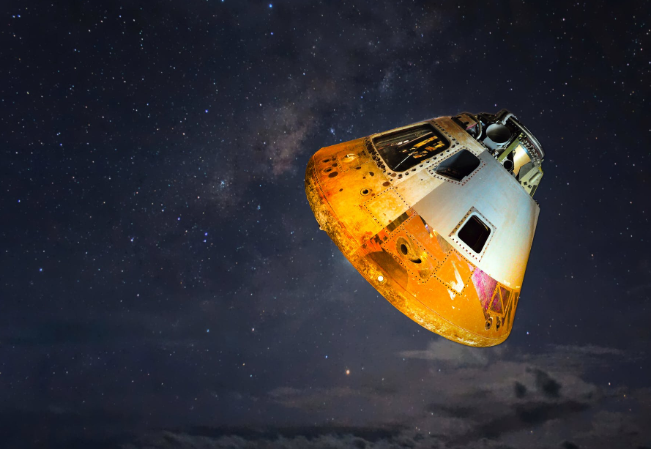
Space is vast and almost infinite; this changes when objects tend to gravitate to one mass. In this case, the objects are satellites, and the mass is our Earth. Two satellites were traveling at a speed of almost 33,000 mph or 53,000 km/h, almost collided over Pittsburgh, Pennsylvania, United States, on Wednesday, Jan. 29,
A spokesman for the U.S. Space Command said, "crossed paths without incident," to the AFP news agency. This happened at around 18:39 EST (23:39 GMT) about 550 miles or 900km above the state.
Read Also: SpaceX to Launch 60 More Starlink Satellites
Actual Collisions and the Affects
The only major satellite collision occurred around 2009, and this was by two communication satellites, namely Irridium 33 and Kosmos-2251, the former was still active while the latter was already defunct.
Before this collision happened, there were only minimal incidents regarding satellites and pieces or fragments of space debris that cost little to no damage. Nothing close to what a newsworthy collision or the like.
Experts have predicted that satellites can, in theory, pass within 40ft of one another, so mid collisions like this, for example, should be a normal occurrence, if this is true this does not bode well for other satellites humanity will eventually launch in the future.
It is also feared by scientists that when it happens, it will create space debris that will inevitably damage active satellites out there, and that would be a great loss.
The collision occurred at 11:56 am Thursday, Eastern Time (EST) and destroyed both the Iridium 33 and Kosmos-2251. The Iridium satellite was operational at the time of the collision. Kosmos-2251 had gone out of service in 1995. It had no propulsion system and was no longer actively controlled.
Details of the two Satellites That Nearly Avoided Impact:
An infrared Astronomical Satellite(IRAS) that was launched back in 1983 and an experimental U.S. craft, GGSE-4 satellite, launched in 1967.
The IRAS satellite has a height of 60ft or 18m - it's purpose is to deploy antennae or solar sails trailing the satellite.
The worst-case scenario is if the satellites did collide, the debris would most likely burn up upon entry, avoiding any loss of life. The space debris left in orbit will most likely cause concern for the other satellites orbiting the planet as debris can remain in orbit for a very long time, think decades to centuries.
Preventive Measures
Thankfully, not all hope is lost since NASA and other companies committed to the idea have been coming up with a way for a while now to clear space junk utilizing a giant space net with magnets to catch the debris while in orbit.
Just like how humans tend to have a nasty habit of bringing chaos to wherever they go, it is good to know that we still find ways to fix our mistakes and for this instance, the space garbage we leave behind.
Read Also: WARNING! U.S. Braces for the Possibly Most Dangerous Satellite Collision in the History




